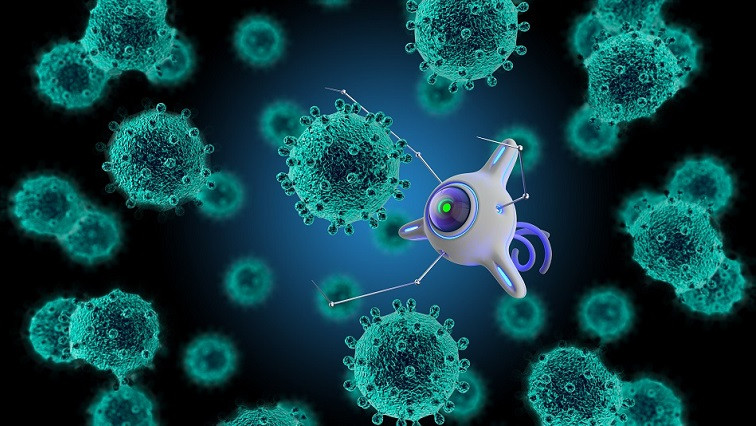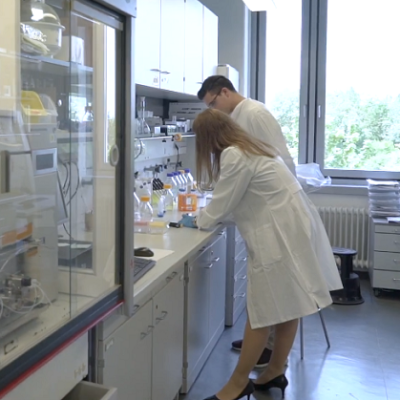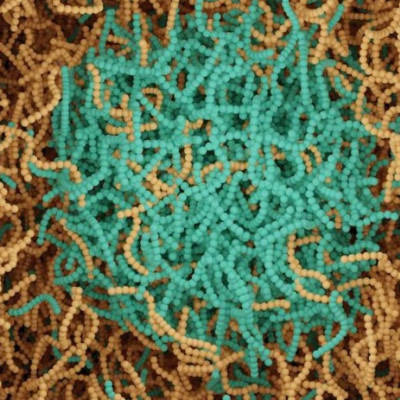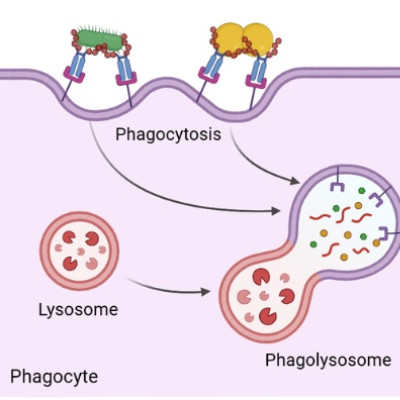Nanotechnology plays an indispensable role in the development of biosensors. It enhances their sensitivity and selectivity for drug detection and delivery applications, which can be further improved by the use of carefully engineered nanomaterials. There is an increased interest in monitoring and controlling the spread of emerging infectious diseases (EIDs) in the international community that have emerged as a result of human activity, climate changes and ecological changes.
It is necessary to detect and eliminate the spread of viruses before devastating repercussions occur, as some EIDs spread globally within hours (depending on weather conditions). Existing disease detection programmes take considerable time between sampling and testing; nanotechnology addresses this quest for a quick and sensitive detection method.
One such detection method comes in the form of a biosensor, an analytical device that couples a transducer with a sensitive biological recognition component, thus enabling sensitive and selective detection of a broad range of analytes such as tumour cells, antibodies and drugs.
Transducers convert the signal from the interaction between the analyte and the biological component into a measurable and quantifiable signal. It is an attractive tool to monitor an outbreak in real-time, and its deployment in the field allows rapid disease prevention. Research has concluded their use to be comparable to sophisticated bench-top instruments.
The usefulness of nanotechnology is becoming apparent in the race to combat the pandemic after the World Health Organisation declared a public emergency in January 2020. COVID-19 spread quickly throughout the world, reaching more than 180 countries and territories, with more than 25 million cases and 850,000 deaths in 8 months.
Following the devastating economic and human impact of the virus, it is vital to monitor and control the spread of EIDs in real-time. Integrating advanced nano-based materials to biosensors allows rapid testing and early virus detection; antiviral activity nano-systems could bind the virus for inactivation, and nanosized vaccines could prevent viral infections.
The most widely used technique for testing is a reverse transcription-polymerase chain reaction, commonly known as PCR test. However, these tests are with limitations. Test results can take up to 3 days; current rapid tests and antibody tests are struggling with high false negatives in a public health emergency. This is problematic - ideally, we would be using reliable testing devices that are robust, capable of delivering results in real-time and can be operated without trained specialists.
Other challenges include the number of reagents needed to perform tests, resulting in bottlenecks in different parts of the world. Furthermore, coronavirus antibody tests determine whether someone has previously been infected with the virus, not necessarily whether they are currently infected, since they detect whether the immune system of the patient has begun to develop antibodies to the virus.
Nanotechnology can address some of these issues with testing. Ultrasensitive biosensors targeting virus antigens can potentially boost biosensor performance and can be used remotely at home, airports and offices. Machine learning-based signal processing is used concurrently with a combination of biomarkers inside a biosensor for increased reproducibility and reliability.
Moreover, biosensors that are cheap, portable and can be mass-produced need to be made available at home for everyone to counter asymptomatic cases. This method of rapid remote testing has yielded successful results during trials to detect dengue fever.
There may also be a role for nanotechnology in vaccination development. Vaccines are essentially nanoscale objects and so can be considered as naturally occurring nanomaterials; the best way to counteract them is to capitalise on their properties and mimic their behaviour.
Several clinical trials for vaccine development are utilising nanoparticles that are easily administered and safe. The first COVID-19 vaccine in clinical trials was an RNA vaccine delivered through nanoparticles. Moreover, Moderna, the US government-funded biotech company, is using nanoparticles for its RNA-based vaccine. A vaccine platform that incorporates rapid discovery, scalable vaccine production, and effective global distribution needs to be designed to tackle the pandemic and prepare for the future.
Nanotechnology can play a pivotal role in the fight against the coronavirus pandemic as a result of significant developments over the last two decades. The following months will be crucial to exploit the unique properties of biosensors, nanosized vaccines and antiviral nanocomposites, to promptly curb the spread and ultimately develop vaccines to provide immunity against the virus.
Rapid and accurate testing will help re-open the global economy properly as some sectors, including hospitality and entertainment, are put on pause in several countries. The impact of nanotechnology on coronavirus does not end with the development of vaccines but extends to the development of novel platforms and devices to administer the progress of vaccines.
Read the original article on Varsity.







